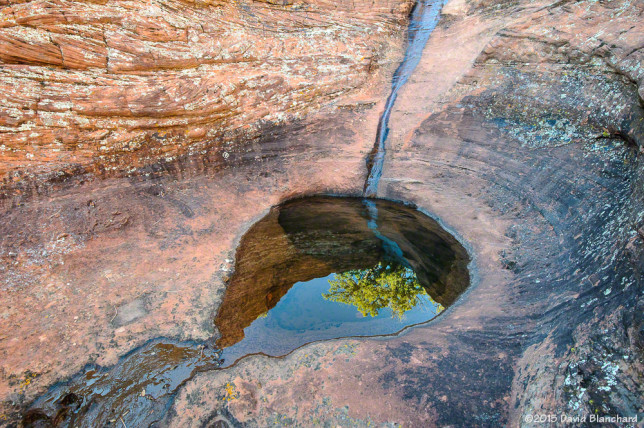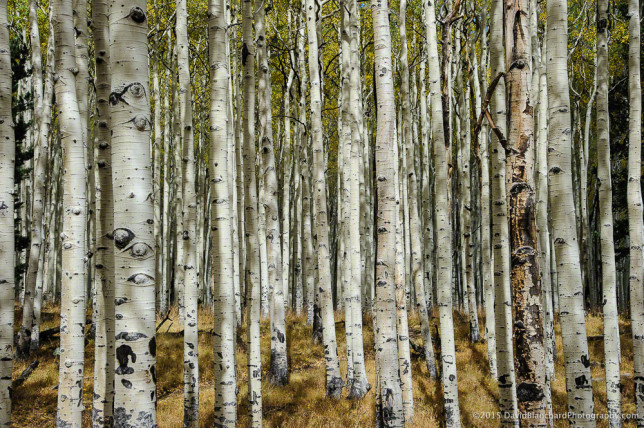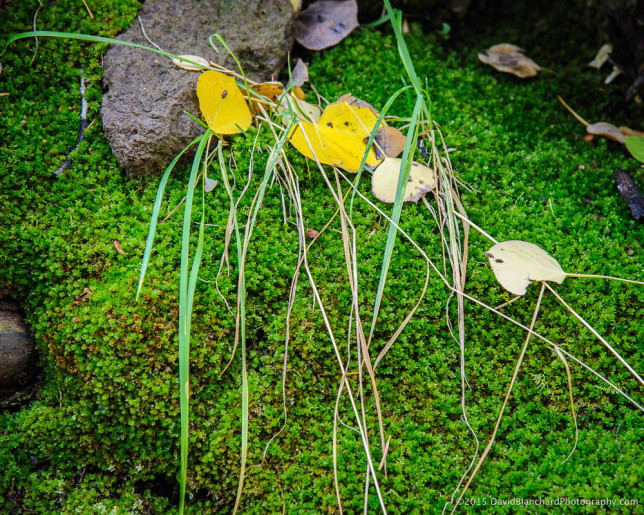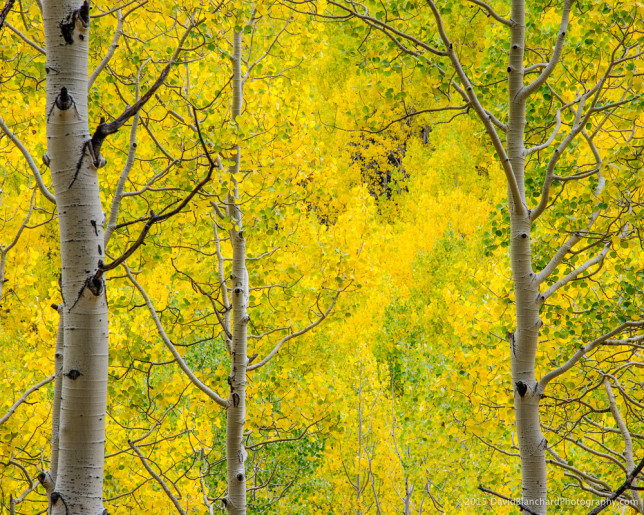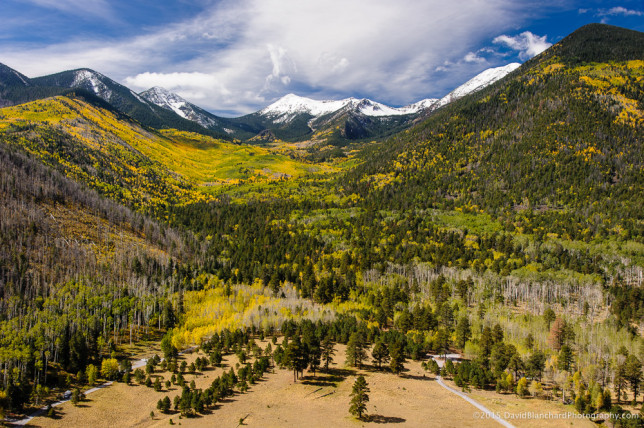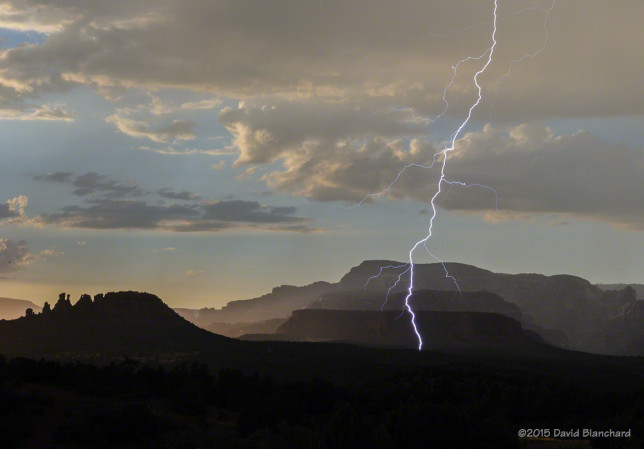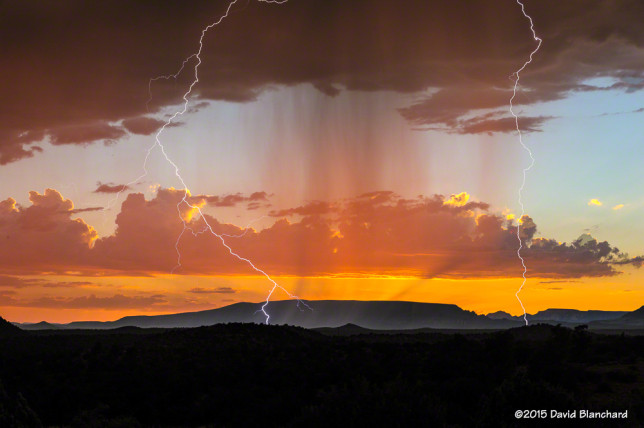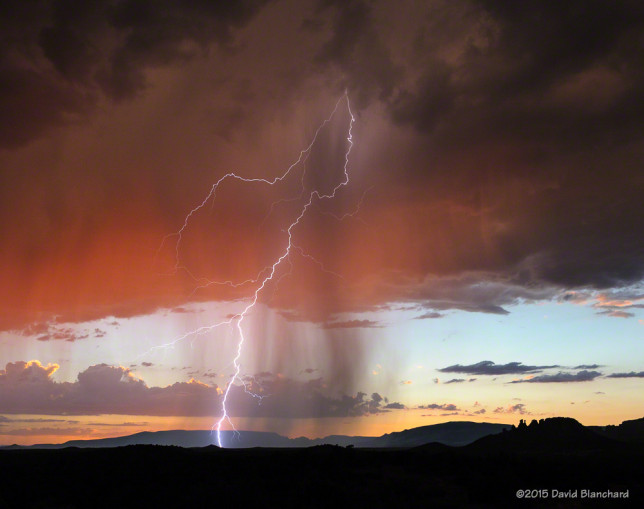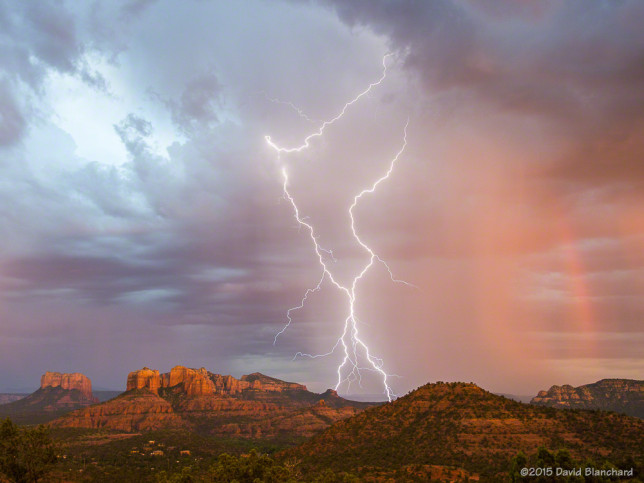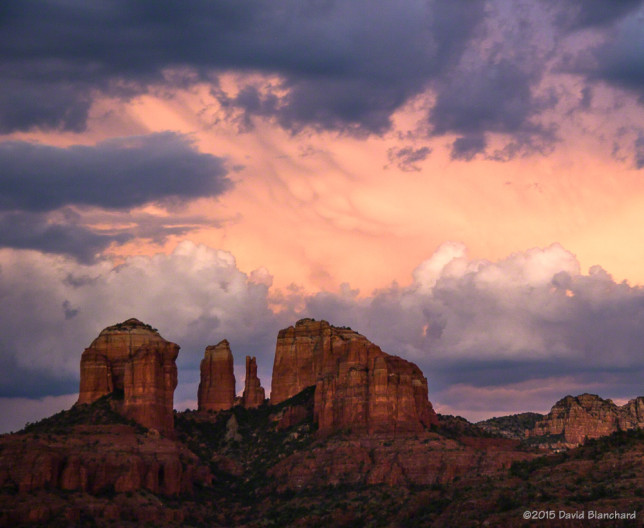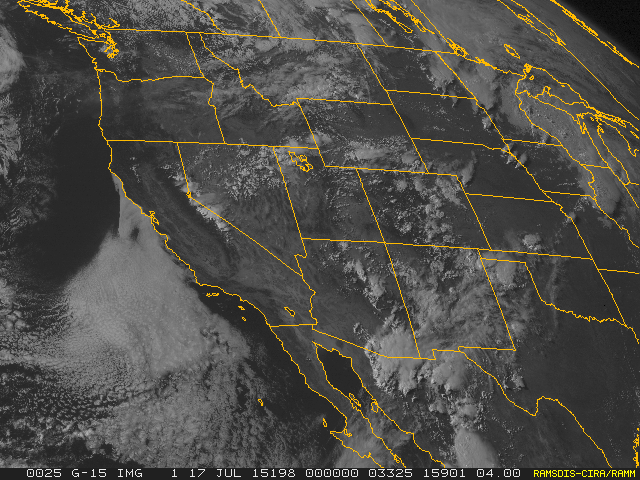Winter is slowly coming to an end and we are about to transition into the warmer months of spring and summer. During these upcoming months, the center of our galaxy—The Milky Way—will be rising earlier each evening.

For photographers—and just about everyone else, too—staring up on a clear, moonless night with the Milky Way glowing above can be a magical experience. For those who live in brightly-lit cities, however, the Milky Way can be difficult or even impossible to see. From an article at PBS:
Light pollution — the needless shining of bright lights into the night sky — has robbed whole generations of the chance to see nature on its largest scale. It is estimated that as many as eighty percent of all the people alive today have never even glimpsed the Milky Way. (When a massive power outage struck southern California in the 1990s, Los Angeles residents reportedly called 911 to express alarm about strange clouds hovering overhead; they were seeing the Milky Way for the first time.)
With the rapid advancement of digital cameras in the past decade the ability to take images of the night sky has become remarkably easier. Not easy—just easier. Cameras can now take long exposures at high ISO settings to reveal details of the night sky not easily visible to the unaided eye. This has resulted in magnificent photographs of the Milky Way but also other objects such as comets and Deep Sky Objects (DSO).
Still, long exposures of the night sky can result in the stars leaving streaks (i.e., “star trails”) across the image. This is the result not of the stars moving, of course, but the earth’s rotation. Typical wide-angle lenses used for photographing the Milky Way are limited to about 15 to 30 seconds before trails become obvious. In order to capture enough night-sky light at these exposures requires high ISO settings which can add considerable noise to the image. Of course, sometimes star trails are desired as seen in the image below:

Another option is to use a tracking device that follows the motion of the stars (or, more correctly, counteracts the rotational motion of the earth) allowing the camera to take very long exposures without star trails. The downside of this technique is while the stars remain pin points of light, the ground is blurred as the camera slowly moves during the exposure.

The solution requires taking multiple images: one of the stars with the star tracker on and a second image of the ground with the tracker turned off.
The image shown at the top of this post is a composite to two images: one of the stars and one of the ground.
The star image was taken using the iOptron Skytracker, a relatively inexpensive tracker. The image was shot using a low sensitivity (ISO 400) to minimize sensor noise. The lens was an ultra-wide 16mm shot at f/4 and the duration of the exposure was 534 seconds (~9 minutes). The exposure for the foreground was shorter in duration (4 minutes) and at a higher sensitivity (ISO 1600).
The two images were combined as layers in Photoshop. Masks were applied to each of the images and then blended so that the pin-point stars on one image and the sharp foreground of the other image remained.
It turns out that taking the images was the easy and fun part. Standing around in the middle of the night watching stars, meteors, and satellites cross the sky can be very enjoyable. Not surprisingly, the blending of the images took many attempts and much time.

